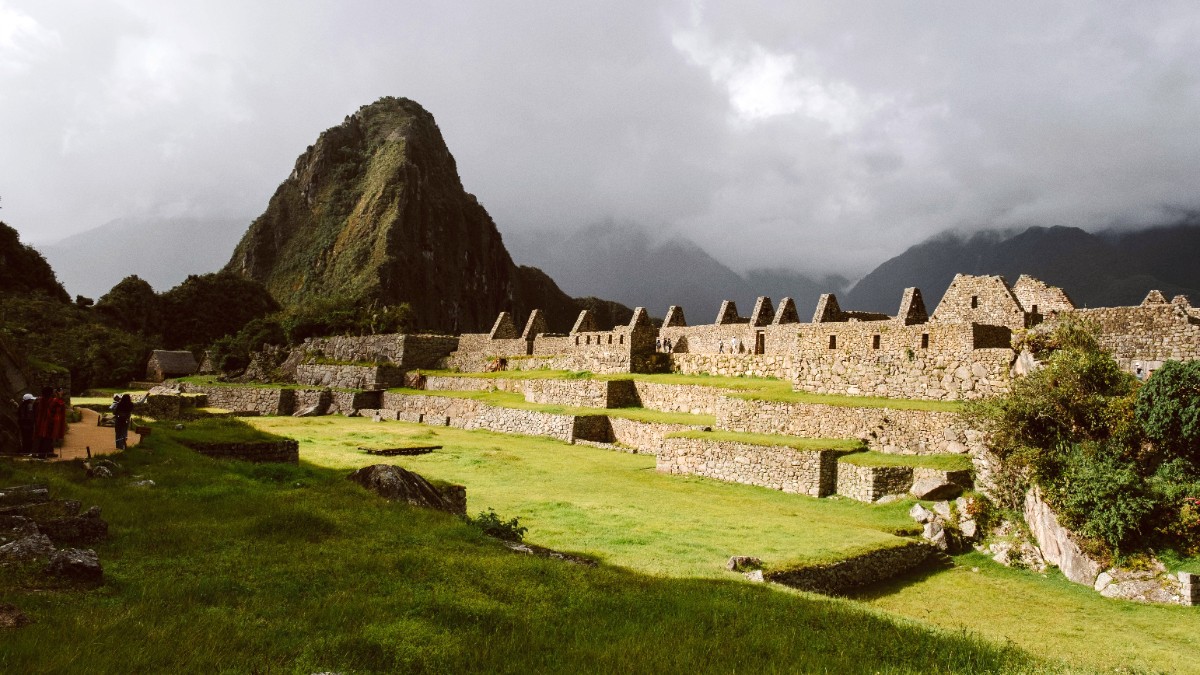
Peru
Prepare for cool mornings, warm afternoons, and potentially chilly evenings, regardless of the season. Rain can occur any time, especially in the wet season.
Beyond core layers, consider specific items for overall comfort and cultural respect.
Sturdy, broken-in Waterproof hiking boots with good ankle support are recommended. Essential for treks and Machu Picchu's uneven terrain. Break them in before your trip to avoid blisters.
Pack Comfortable walking shoes or Sandals for exploring Cusco's cobblestone streets and Aguas Calientes. Sneakers or athletic shoes work well for general sightseeing.
If your trek involves river crossings, Water shoes or sturdy sandals (like Tevas or Chacos) may prove useful.
Keeping your documents organized and accessible prevents stress during your trip. These items are mandatory for smooth travel.
Modern travel relies on electronics. Plan your tech needs for connectivity and power.
Keep your devices charged on the go and navigate with smart tools.
WhatsApp is widely used in Peru for communication with tour operators, hotels, and new acquaintances. Currency converter apps and weather apps are also useful.
Use cloud storage services like Google Drive, Dropbox, or iCloud to back up photos and digital copies of your documents regularly. This ensures your data is safe even if your physical devices are lost or stolen. For photographers, a Portable SSD or USB drive provides a quick and reliable way to back up large photo files while traveling.
For internet security and accessing geo-restricted content, consider a VPN. Check out NordVPN or ExpressVPN for secure browsing.
A well-stocked personal health kit maintains peace of mind and addresses common travel ailments.
Supplement your first aid kit with personal comfort items.
A 20-30 liter Daypack holds water, snacks, extra layers. Trekking poles reduce strain. A Headlamp for early starts.
If on a multi-day trek, tour operators often provide tents and sleeping mats. You will need a Sleeping bag rated for 0°C (32°F) or below.
Small, lightweight Binoculars for birdwatching or distant views. A small Waterproof dry bag for electronics, documents.
Beyond clothing and gear, some additional items enhance your travel comfort and security.
Contribute to responsible travel and reduce waste.
If you have sensitive skin or prefer a particular brand of high-SPF sunscreen, bring it.
Any specific over-the-counter medications you rely on for chronic conditions.
Specific types of gloves, hats, or layered clothing may be higher quality or more comfortable if purchased from home.
Specific brands of shampoo, conditioner, or toothpaste might be hard to find.
Think about your daily activities and the weather. Pack in layers that you can easily add or remove. A small dry bag protects electronics from unexpected rain.
Rolling clothes maximizes space and minimizes wrinkles. Use packing cubes for organization.